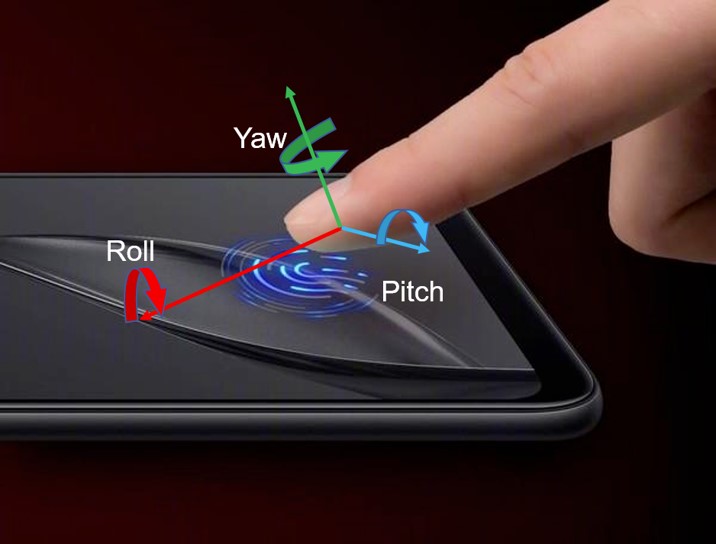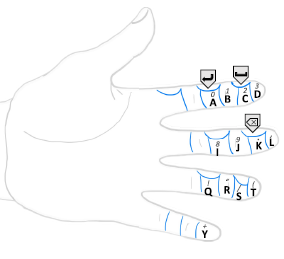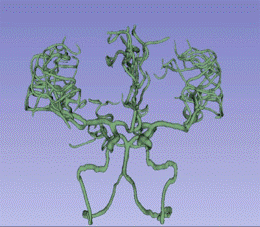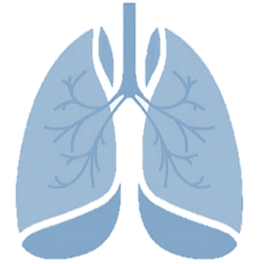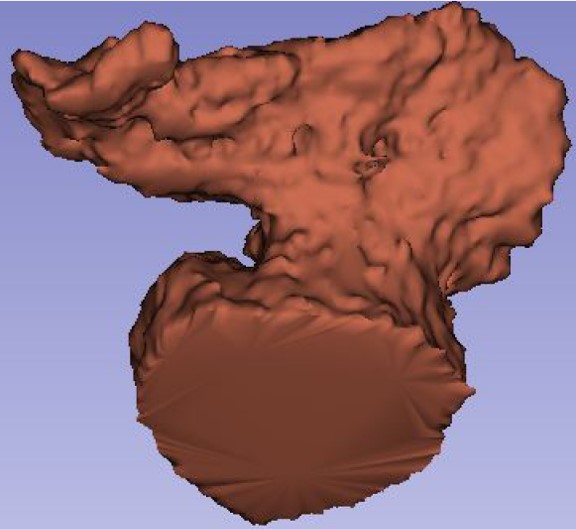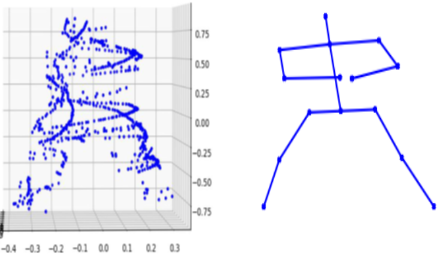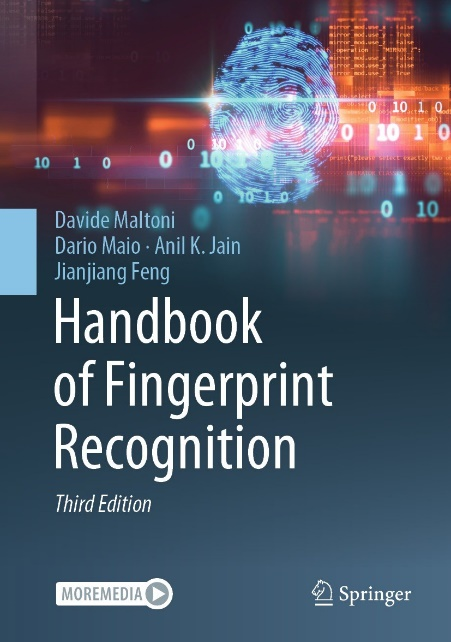 |
D. Maltoni, D. Maio, A. K. Jain, J. Feng, Handbook of Fingerprint
Recognition (Third
Edition), Springer, 2022. |
 |
2D fingerprint pose estimation Estimation of fingerprint pose has applications in fingerprint feature extraction, quality estimation, matching, and indexing.
|
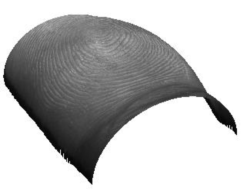 |
3D fingerprint reconstruction 3D fingerprint is the original form of fingerprint, containing the most complete feature information. We explore how to use low-cost sensors (such as, a single camera, various touch-based fingerprint sensors) to capture 3D fingerprints.
|

|
Rectification of distorted fingerprint Recognition rate can be improved by estimating the distortion field from a distorted fingerprint and then rectifying it into a normal fingerprint.
|
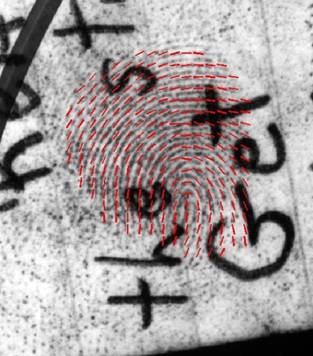 |
Latent fingerprint feature extraction Automatic feature extraction in latent fingerprints is extremely challenging due to poor quality of most latents, such as unclear ridge structures, overlapped lines and letters, and overlapped fingerprints.
|
 |
Separating overlapped fingerprints Overlapped fingerprints are not unusual in latent fingerprints taken from crime scenes. However, separating overlapped fingerprints into individual fingerprints is a very challenging problem for both existing automatic fingerprint recognition systems and human fingerprint experts. We proposed algorithms for separating overlapped fingerprints.
|
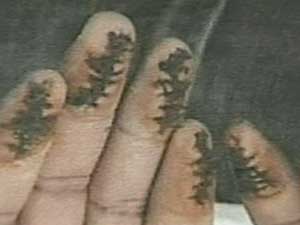 |
Fingerprint quality assessment Fingerprint quality assessment is important for capturing high quality fingerprints and detecting uncooperative behaviors. We propose several algorithms to detect low quality fingerprints caused by different factors.
|
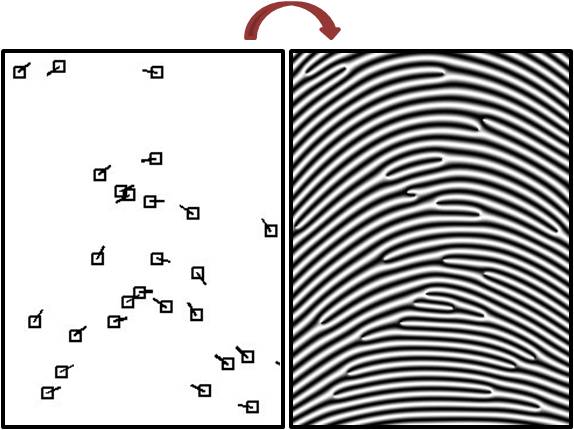 |
Fingerprint reconstruction from minutiae The compactness of minutiae representation has created an impression that minutiae does not contain sufficient information to allow the reconstruction of the original fingerprint image. This opinion is challenged by the proposed fingerprint reconstruction technique. The proposed technique also has other uses, such as reconstructing latent prints using minutiae marked by human experts, and improving the performance of fingerprint recognition systems with limitted storage space.
|
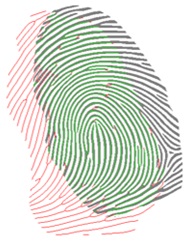 |
Dense registration of fingerprints Dense registration is useful for fingerprint matching and mosaicking.
|
 |
Small Fingerprint Matching
|
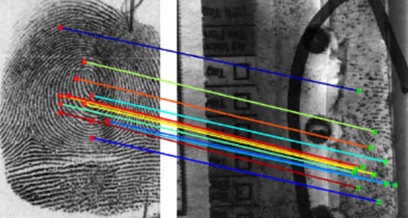 |
Latent fingerprint matching Latent fingerprint identification is of critical importance for identifying suspects. Poor quality of ridge impressions, small finger area and large non-linear distortion are the main difficulties in latent fingerprint matching, compared to plain or rolled fingerprint matching.
|
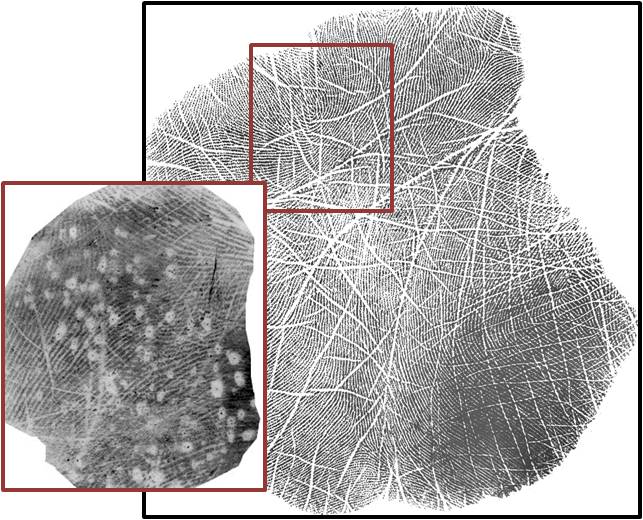 |
Latent palmprint matching Latent palmprint matching is a challenging problem because latent prints lifted at crime scenes are of poor image quality, cover only a small area of the palm, have a complex background and many creases.
|
 |
Ridge skeleton matching The most popular fingerprint representation is based on minutiae points, which is a compact and lossy representation of ridge skeleton, the Level 2 representation of fingerprints. Here we explore matching ridge skeletons directly for the purpose of completely utilizing the discriminating power of Level 2 features in fingerprints.
|
 |
Global descriptors
|
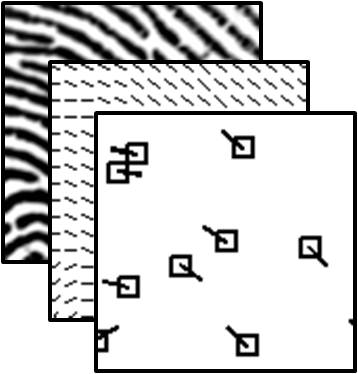 |
Minutia descriptors Establishing minutiae correspondence between two fingerprints is difficult due to unknown alignment, nonlinear deformation, noise, and occlusion. Designing robust minutia descriptors is a way to facilitate this problem.
|
 |
Statistical modeling of friction ridge patterns Statistical modeling of friction ridge patterns is a fundamental problem and can be used in both synthesis and analysis of friction ridge patterns.
|
